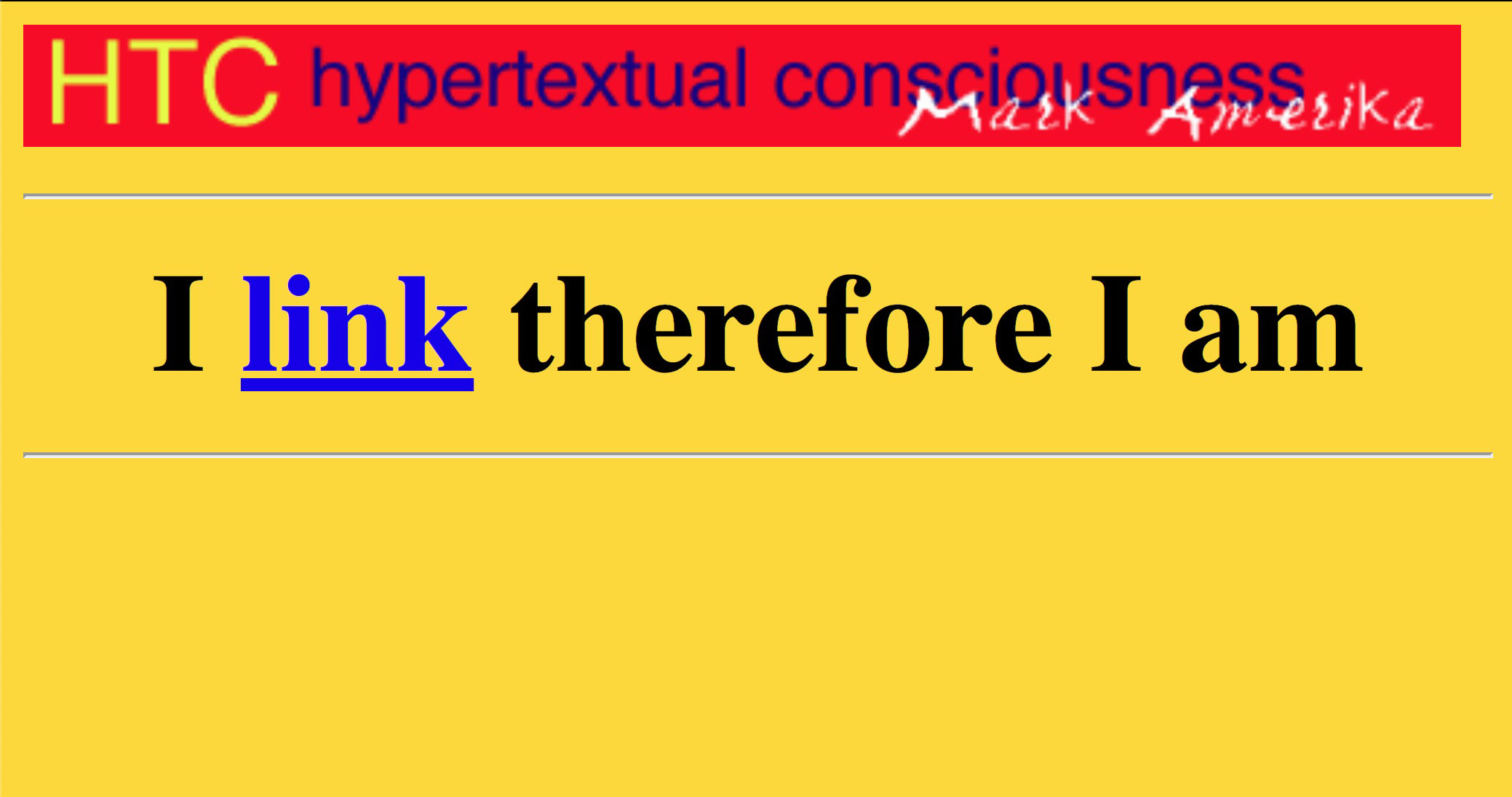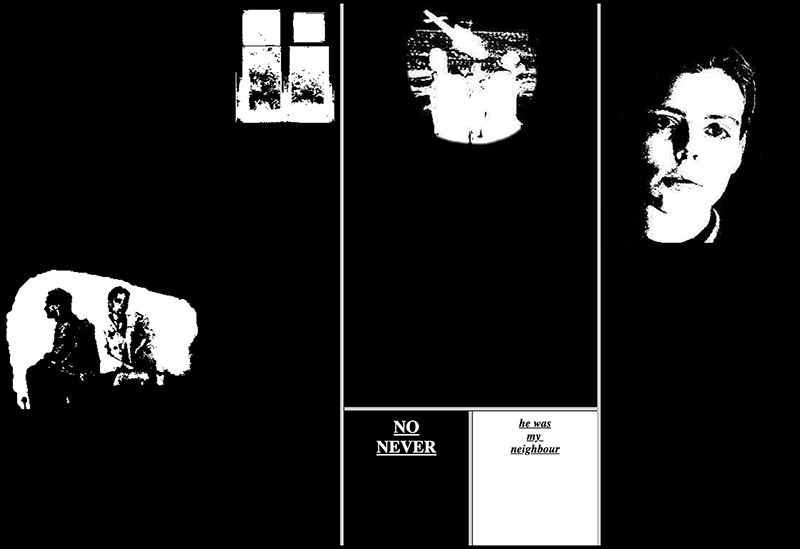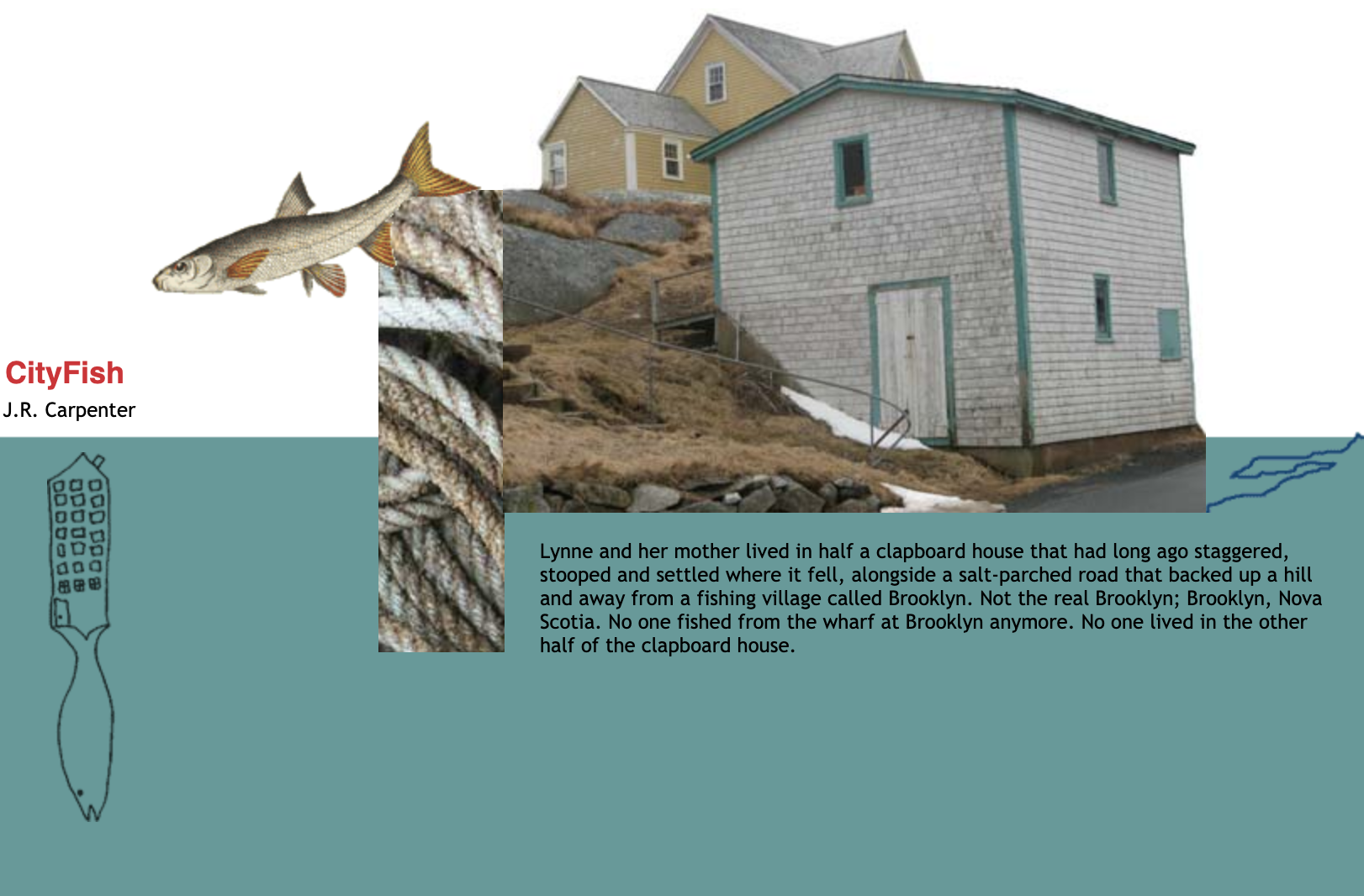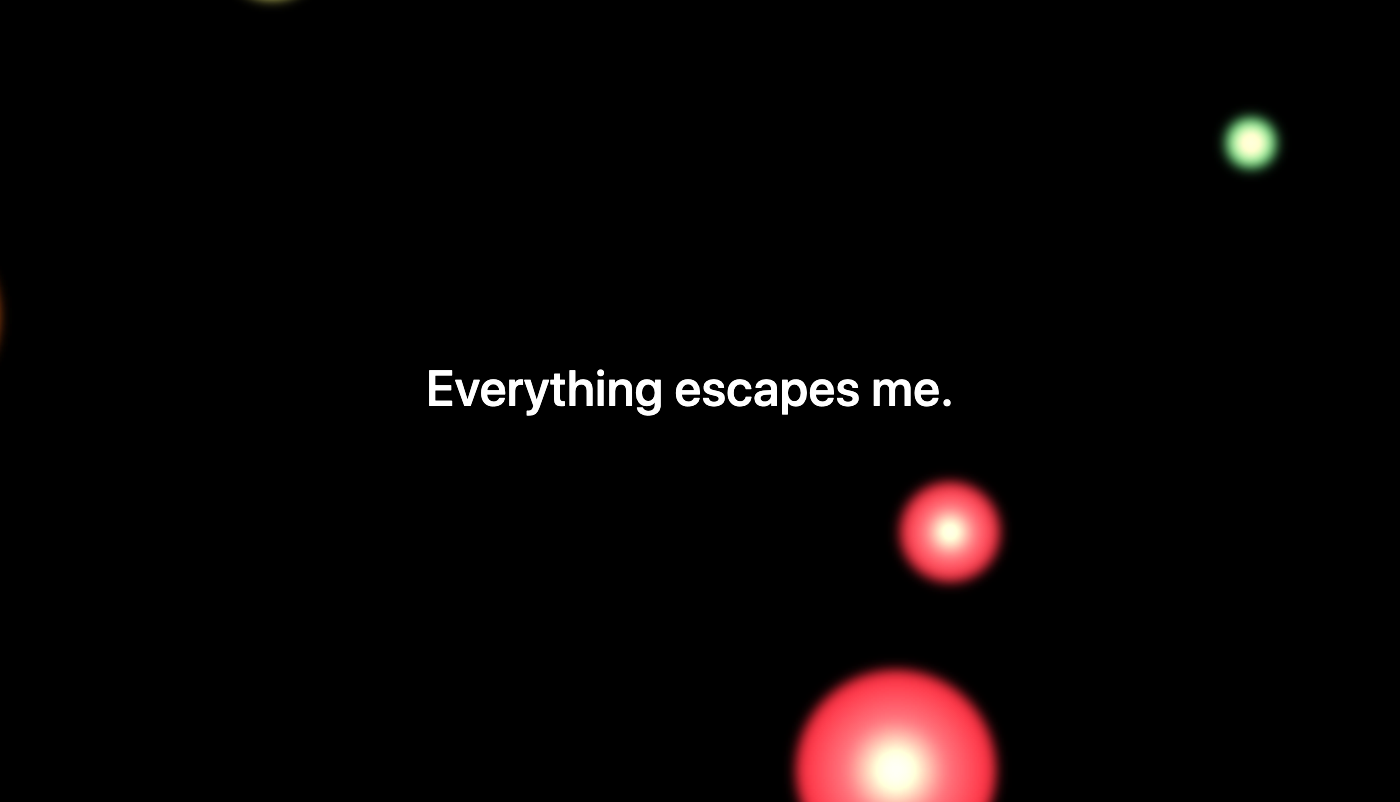4.0
DTC 101
Hypertext & Hypermedia

'Hypertext' is a recent coinage. 'Hyper-' is used in the mathematical sense of extension and generality (as in 'hyperspace,' 'hypercube') rather than the medical sense of 'excessive' ('hyperactivity'). There is no implication about size— a hypertext could contain only 500 words or so. 'Hyper-' refers to structure and not size. — Theodor H. Nelson, Brief Words on the Hypertext, 23 January 1967
Hypertext refers to digital texts that link out to other texts or media, creating branching trails and networks of relations. Hypertext became popular with the creation of the very simple and open-source HTML or Hypertext Markup Language. Early computing and computer networking demonstrated that there was a real desire for humans to use the new technology to connect to others and not just for research. When HTML was created and released to the public in 1989, the Internet was well in place and in need of a simple way to share and navigate documents. The ease with which people could publish pages of writing, information and links, caused the language to spread rapidly. There was no subscription and barely a learning curve for HTML. Over time, HTML evolved but essentially maintained the same structure for tagging content, while new web technologies were added for design (Cascading Style Sheets or CSS) and programming (JavaScript). This chapter will look at how a simple invention proliferated new forms of writing and creation through a vast global network that was open 24/7.
4.1
Networks of Knowledge
The Memex
Vannevar Bush was an American engineer and inventor who, throughout his career, patented many of his own inventions and is known particularly for his work on analog computers, and for his idea of the memex. He began developing the memex in the 1930s, and in 1945 published his very influential essay "As We May Think" about the hypothetical desktop. The memex was an adjustable microfilm viewer with a mechanical method of linking different documents. His ideas lead to the desktop computing revolution, hyperlinks and the World Wide Web.
Welcome to the Memex Machine!
Conceptualized by Vannevar Bush, memex was introduced in his 1945 article "As We May Think". He envisioned a device someone would use to store all of their books, records, research, and communications, "mechanized so that it may be consulted with exceeding speed and flexibility": A memory index.
Xanadu

Ted Nelson, a pioneer philosopher of information technology, coined the terms hypertext and hypermedia in 1963 and published them in "Computer Lib" in 1965. Nelson also coined the terms transclusion, virtuality (the "seeming" of anything, as opposed to its reality), and intertwingularity (the complexity of interrelations in human knowledge), and teledildonics. He is perhaps best know for Project Xanadu - his vison of a vast network of linked documents and media.
Nelson has said that while some elements of Xanadu are being fulfilled by the World Wide Web (which took inspiration from Xanadu and Nelson's ideas), HTML documents are too much like paper documents and not in a dynamic space where documents speak to each other through hyperinks. In Xanadu, a document that links to another document would register a visible link back to itself from the linked document and therefore be traceable. A quote from another document would visibly link the two documents - the quoted and the quoting. The purpose of Xandu's two-way linking, which in theory solves many of the problems of the World Wide Web, is to track versions and improve rights management. Jaron Lanier explains the difference between the World Wide Web and Nelson's Xanadu:
"A core technical difference between a Nelsonian network and what we have become familiar with online is that [Nelson's] network links were two-way instead of one-way. In a network with two-way links, each node knows what other nodes are linked to it. ... Two-way linking would preserve context. It's a small simple change in how online information should be stored that couldn't have vaster implications for culture and the economy."" -Jaron Lanier (Jaron Lanier, Who Owns the Future, New York: Simon & Schuster, 2013. p. 227)
4.2
The World Wide Web
Sir Tim Berners-Lee is an English engineer and computer scientist best know as being the inventor of Hypertext Markup Language or HTML and consequently the World Wide Web. As a research scientist, he felt the Internet could be a vehicle for sharing data and reports in real time. In 1989, taking ideas from both Vannevar Bush and Ted Nelson, he drafted a proposal for Hypertext Markup Language or HTML and later that year made the first successful communication between a Hypertext Transfer Protocol (HTTP) client and a server. The first webpage shares much of the basic structure of web pages today. And most importantly this page, which has been replicated exactly, works on all browsers. HTML has lasted and will last for a very long time, or else the history of the Web will be lost.
Hypertext Markup Language
Tim Berners-Lee is director of the World Wide Web Consortium (W3C), which oversees the development of the Web. He continues to have great concern for the health and future of his creation.
4.3
Digital Texts
Hypertext, one of the first forms of expressive digital writing, used the hyperlink to connect nodes or lexia - short fragments of text. Readers navigate hypertext through a spatial map of linked texts, rather than through sequential pages. Hypertext could also link out to other texts, making works of writing materially more intertexual.
Electronic Literature
Electronic Literature is an emergent form of born-digital, experimental writing that has evolved from floppy disks and CD-Roms, to the Web and downloadable immersive games. There are many types of electronic literature that creatively work with the affordances of digital tools and frame certain practices of computer-writing. Hypertext fiction writers think in new nonlinear or multilinear ways of depicting stories and worlds. Interactive Fiction authors create textual games that are virtual spaces for readers to navigate. Multimedia fiction authors incorporate animation, moving text, video and audio into fractured story-worlds.





4.4
Unit Exercise: Make a Webpage
- Download a text editor for your computer: SublimeText is a free one.
- Open a new file and save it as mypage.html
- See how html tags enclose content
- Add a heading using h1 tag
- Add a p tag
- Look up more tags to use.
- Make a link to this site
- Upload your page to the class server directory
4.5
Glossary
4.6
Bibliography
Bush, Vannevar. “As We May Think.” The Atlantic, 1 July 1945, https://www.theatlantic.com/magazine/archive/1945/07/as-we-may-think/303881/.
Hayles, N. Katherine. How We Think: Digital Media and Contemporary Technogenesis. University of Chicago Press, 2012.
Hayles, N. Katherine, and Anne Burdick. Writing Machines. 1 edition, The MIT Press, 2002.
“Hypertext.” Wikipedia, 15 Aug. 2019. Wikipedia, https://en.wikipedia.org/w/index.php?title=Hypertext&oldid=910970013.
Lister, Martin, et al. New Media: A Critical Introduction. 2 edition, Routledge, 2009.
Manovich, Lev. The Language of New Media. Reprint edition, The MIT Press, 2002.
“Project Xanadu.” Wikipedia, 12 Aug. 2019. Wikipedia, https://en.wikipedia.org/w/index.php?title=Project_Xanadu&oldid=910429588.
Rettberg, Scott. Electronic Literature. 1 edition, Polity, 2019.
Ryan, Marie-Laure, et al., editors. The Johns Hopkins Guide to Digital Media. Johns Hopkins University Press, 2014.